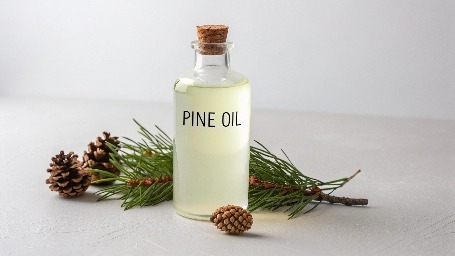The pine oil price in wholesale markets has become a topic of growing interest due to its widespread use in industries and households alike. Derived from pine trees, this essential oil is valued for its versatility, ranging from cleaning agents to aromatherapy. In this blog, we’ll explore the latest trends, factors influencing pricing, and how different grades like Pine Oil 65%, Pine Oil 70%, Pine Oil 85%, and Pine Oil 95% India affect the market. Let’s dive into the world of pine oil and its pricing dynamics.
Pine Oil Price: An Overview
Pine oil, extracted from pine needles and other parts of evergreen pine species like Himalayan pine and red pine, is a key player in the essential oil market. Its price fluctuates based on supply, demand, and the quality of the oil. The pine oil price in wholesale markets reflects a balance between production costs, market demand, and availability of raw materials like pine seeds and trees.
Current Pine Oil Price Overview (INR)
As of April 10, 2025, the pine oil price in India’s wholesale markets varies depending on its concentration and intended use. Below is a breakdown of approximate wholesale prices for industrial pine oil and natural pine oil:
| Grade | Price Range (INR per Liter) |
|---|---|
| Pine Oil 65% | 150 - 200 |
| Pine Oil 70% | 180 - 250 |
| Pine Oil 85% | 250 - 350 |
| Pine Oil 95% India | 350 - 500 |
| Dipentene Oil | 120 - 180 |
| Delta-3-Carene | 200 - 300 |
| Terpinolene Oil | 180 - 260 |
| DDTO Oil | 160 - 220 |
Factors Influencing Pine Oil Price in Wholesale Markets
Several elements contribute to price fluctuations in the pine oil market. Understanding these can help buyers and sellers devise effective pricing strategies.
1. Market Demand
- The demand for pine oil, especially natural pine oil, has surged due to its use in phenyle production, disinfectants, and essential oil blends.
- Products like Pine Oil 85% and Pine Oil 95% India are in high demand for their purity and pleasant pine smell.
2. Supply Chain and Suppliers
- Prominent pine oil manufacturers and premium sellers in wholesale markets influence pricing.
- Availability of raw materials like pine needles and evergreen trees impacts production costs.
3. Concentration and Quality
- Higher concentrations like Pine Oil 95% India command a premium due to their authenticity and enhanced benefits.
- Lower grades like Pine Oil 65% cater to cost-sensitive industrial needs.
4. Price Trends
- Seasonal changes affect pine seed oil production, leading to price variations.
- The inclusion of related oils like Dipentene Oil, Delta-3-Carene, and Terpinolene Oil in the market also shapes trends.
Pine Oil Price Trends and Analysis
The price trend analysis for pine oil shows steady growth, driven by its applications beyond traditional uses. While retail pine oil prices may differ, wholesale markets offer competitive rates for bulk buyers. For instance:
- Industrial Pine Oil: Used in large-scale cleaning product manufacturing, prices remain stable due to consistent demand.
- Essential Oils: Pine oil enhances aromatherapy blends, competing with tea tree oil and vegetable oil, pushing prices upward.

Key Insights
The average price of pine oil in wholesale markets has risen by 5-10% over the past year. Suppliers in regions like Mangolpuri dominate the market, offering competitive rates for bulk orders.
Benefits of Pine Oil in Wholesale Purchases
Purchasing pine oil in wholesale markets offers several advantages:
- Cost Savings: Bulk buying reduces the per-unit price compared to retail prices.
- Variety: Access to grades like Pine Oil 70%, Pine Oil 85%, and specialized oils like DDTO oil.
- Consistency: Reliable suppliers ensure authenticity and quality for industrial or personal use.
The pine oil price in wholesale markets is shaped by a mix of demand, supply, and quality factors. Whether you’re sourcing Pine Oil 65% for industrial use or Pine Oil 95% India for premium applications, understanding price trends and market dynamics is key. As the market evolves, staying updated with suppliers and pricing strategies will ensure you get the best value for this versatile oil.